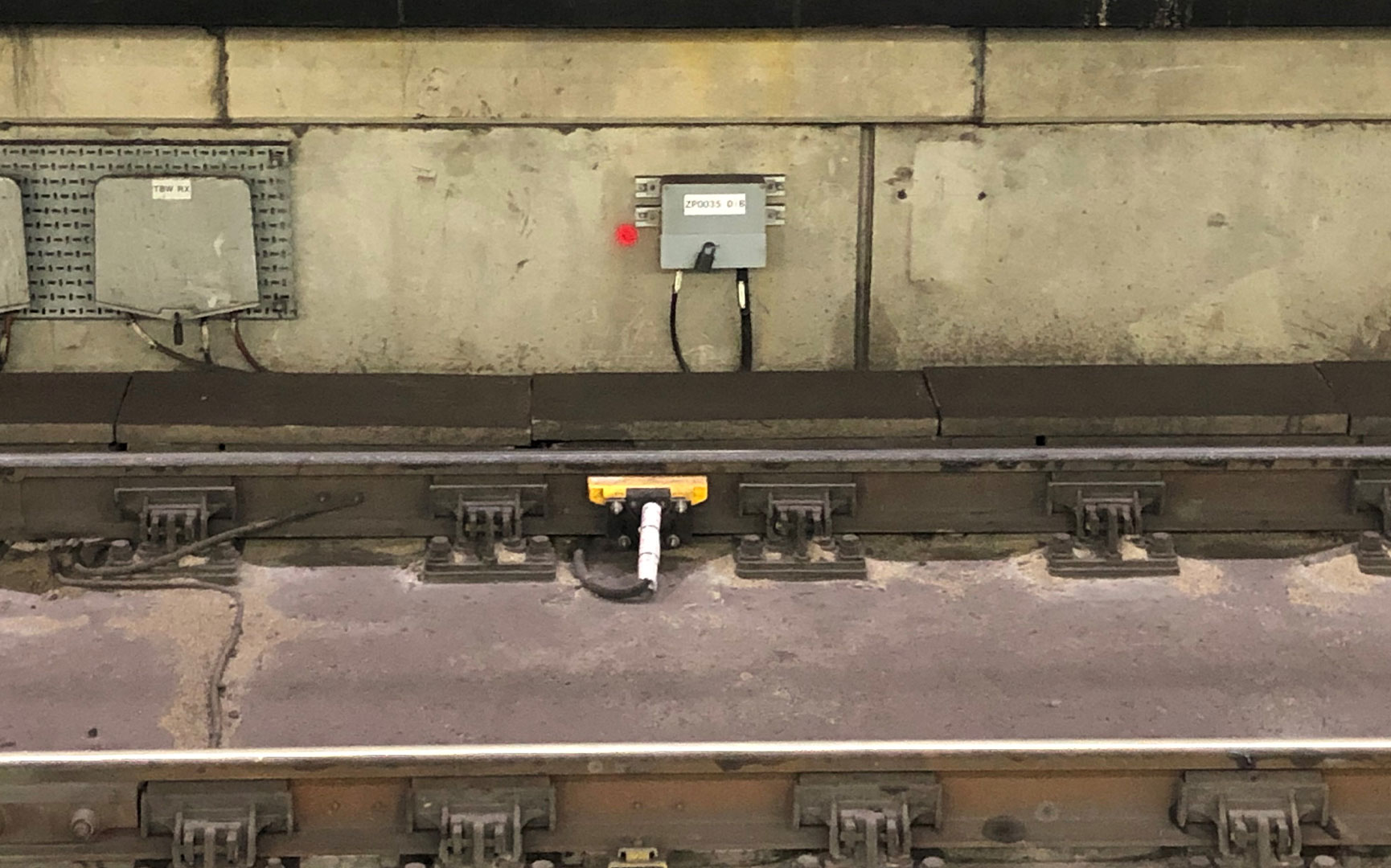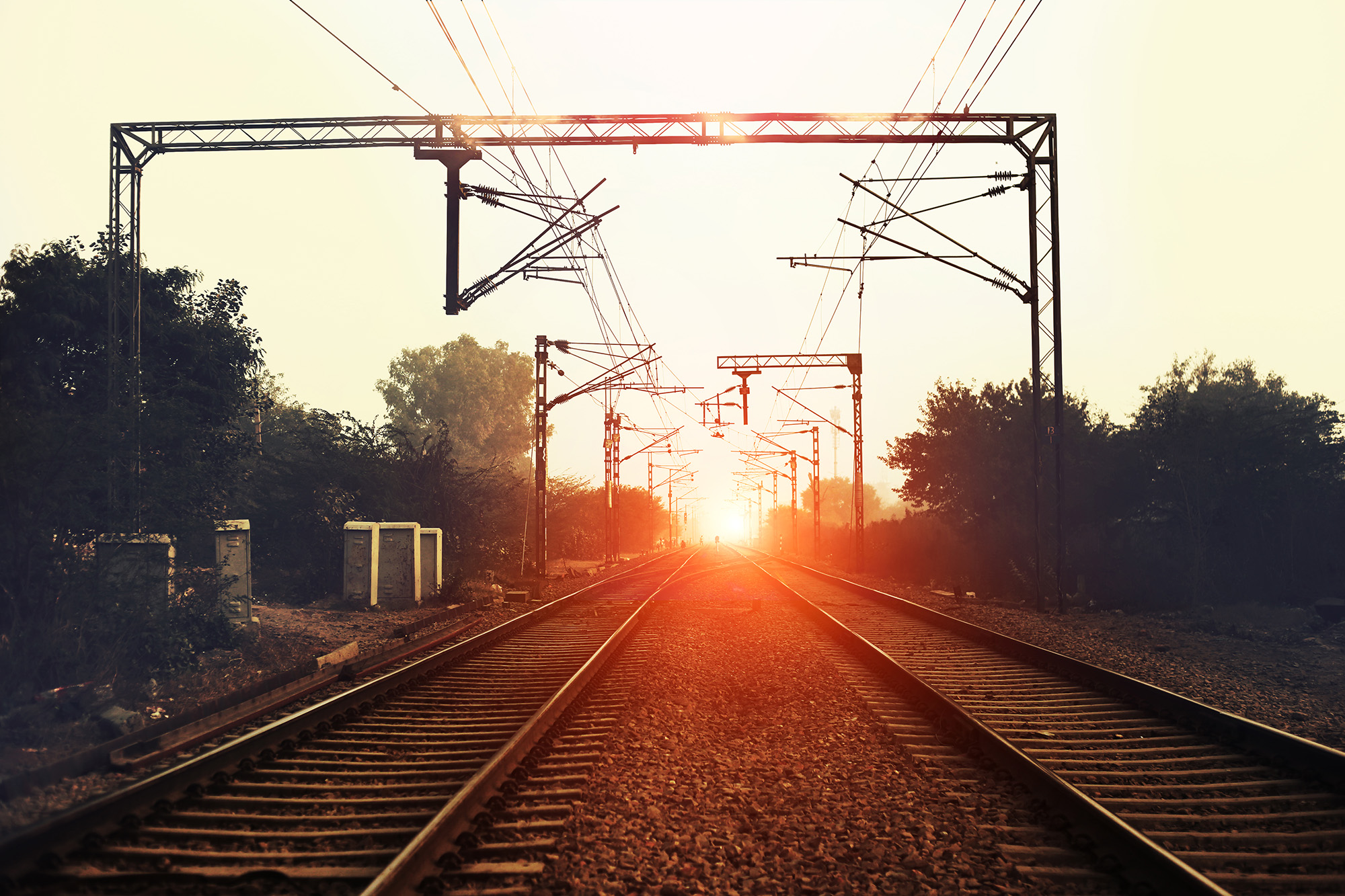Frauscher Sensor Technology has completed the divestiture to Wabtec Corporation.
Find Out MoreNotification Center

Train DetectionUnited Kingdom of Great Britain and Northern Ireland
Axle Counter Overlay System
Between London St Pancras International Station and Farringdon Station, there is a history of frequent flooding through the tunnels that adversely affected the reliability of the existing train detection system. Due to this, the installation was non-operational during large periods. However, being a mainline section and a core route through London, high reciliation to any sort of failures is vital.
In 2019, Network Rail started to look at how to improve the overall reliability of the railway without removing the existing detection system. The main requirement was guaranteeing maximum availability considering the local conditions without interfering with the existing installation.
Due to its great reliability under such circumstances the Frauscher Advanced Counter FAdC has been chosen as the most appropriate solution. The FAdC’s modular design allowed for the establishment of a decentralised architecture, where four external location cases were installed between the two stations to host the axle counter’s indoor equipment. The system is supported by the Frauscher Wheel Sensor RSR123, which precisely tracks every train axle. The sensor is extremely resilient to water penetration and other environmental and external influences. Thanks to the IP68 rated housing, it even works reliably in case of floods.
Excellent match of requirements
The FAdC units installed in location cases between the stations can communicate with one another via a vital Ethernet interface and also with the higher-ranking system using relay outputs. With overlay systems, the new track sections had to match the existing track section limits. Therefore, the system had a specific requirement to install the RSR123 within 0.5 m of the existing train detection system and within proximity of the neutral section to avoid any impact on the signalling controls.
Great resilience
The RSR123 is highly resilient against any interference or environmental influences.
This might also interest you

Train DetectionUnited States of America
Charlotte Area Transit System (CATS) Supplementing Audio Frequency Track Circuits with Axle Counters

Train Detection, ServicesIndia
Sini - Chandil Railway Line

Train DetectionKazakhstan
FAdC at Vhodnaya Station

Train DetectionUnited States of America
Reducing Delays in a Metro (subway) Environment
